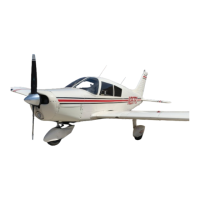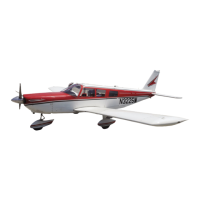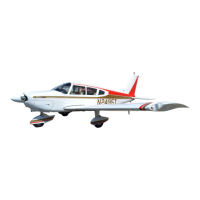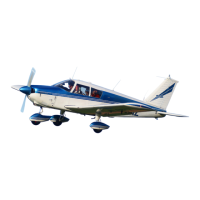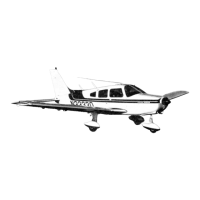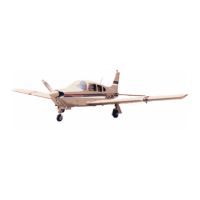22
The airplane should be trimmed to an approach speed of about 85 MPH, with
flaps up. The flaps can be lowered at speeds (V
FE
) up to 115 MPH, if desired, and
the approach speed reduced 3 MPH for each additional notch of flaps.
Carburetor heat should not be applied unless there is an indication of carburetor
icing, since the use of carburetor heat causes a reduction in power which may
be critical in case of a go-around. Full throttle operation with heat on is likely
to cause detonation.
The amount of flap used during landings and the speed of the aircraft at contact
with the runway should be varied according to the landing surface, and existing
conditions both wind wise and load wise. It is generally good practice to contact
the ground at the minimum possible safe speed consistent with existing
conditions.
Normally the best technique for short and slow landings is to use full flap and
enough power to maintain the desired airspeed and approach flight path.
Mixture should be full rich, fuel on the fullest tank, carburetor heat off, and
electric fuel pump on.
Reduce the speed during the flare and contact the ground close to the stalling
speed (50 to 60 MPH). After ground contact hold the nose wheel off, as long as
possible. As the airplane slows down, drop the nose and apply the brakes.
There will be less chance of skidding the tires if the flaps are retracted before
applying the brakes. Braking is most effective when back pressure is applied to
the control wheel, putting most of the aircraft weight on the main wheels. In
high wind conditions, particularly in strong cross winds, it may be desirable to
approach the ground at higher than normal speeds, with partial or no flaps.
STOPPING ENGINE
To stop the engine, after landing and when clear of the runway, pull the mixture
control full out to idle cut-off. When using alternate fuels, the engine should be
run up to 1200 R.P.M. for one minute prior to shutdown to clean out any
unburned fuel. After the engine stops, turn the ignition and master switches
off, and retract the flaps.
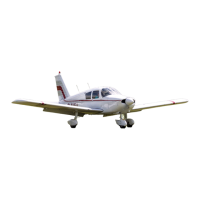
